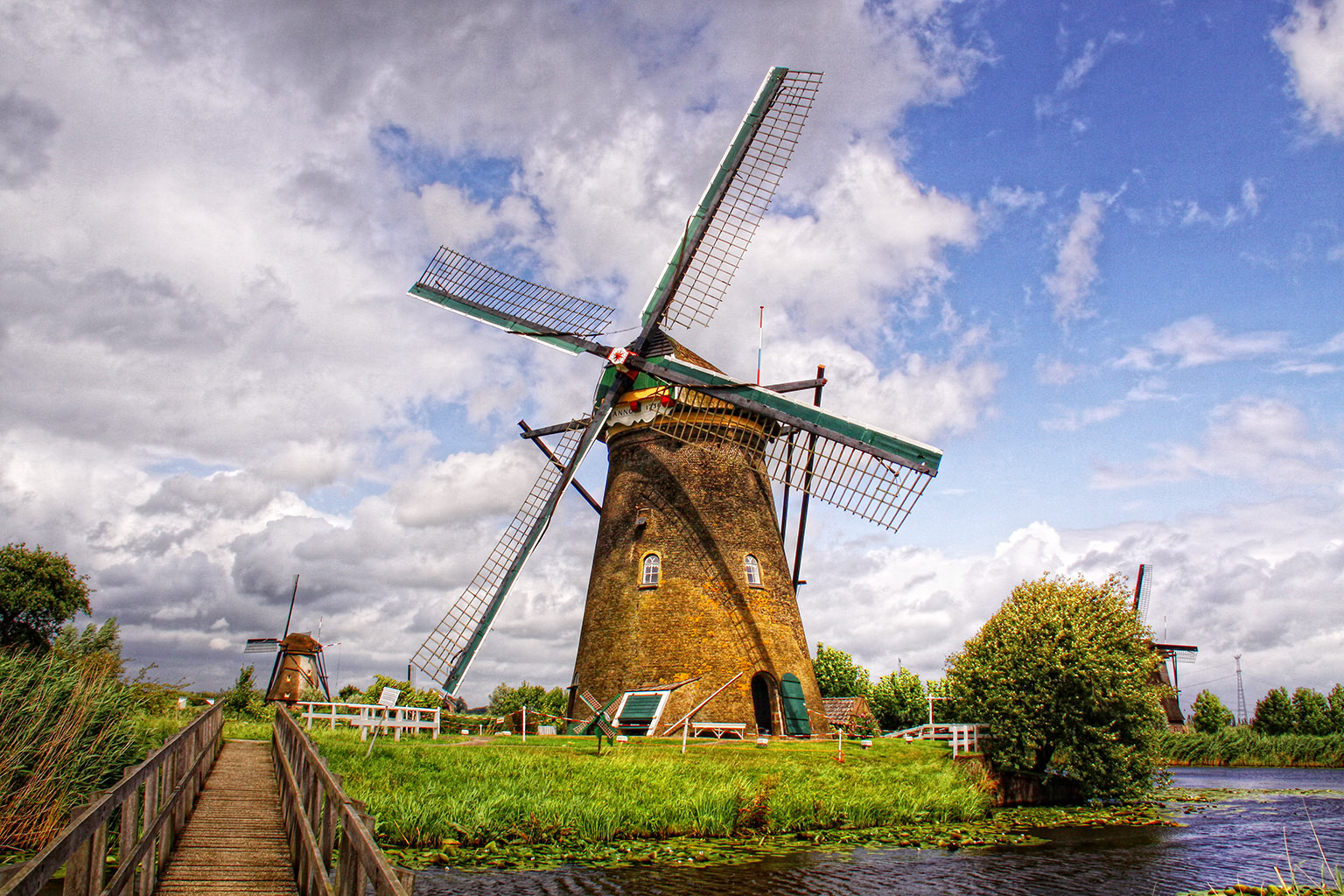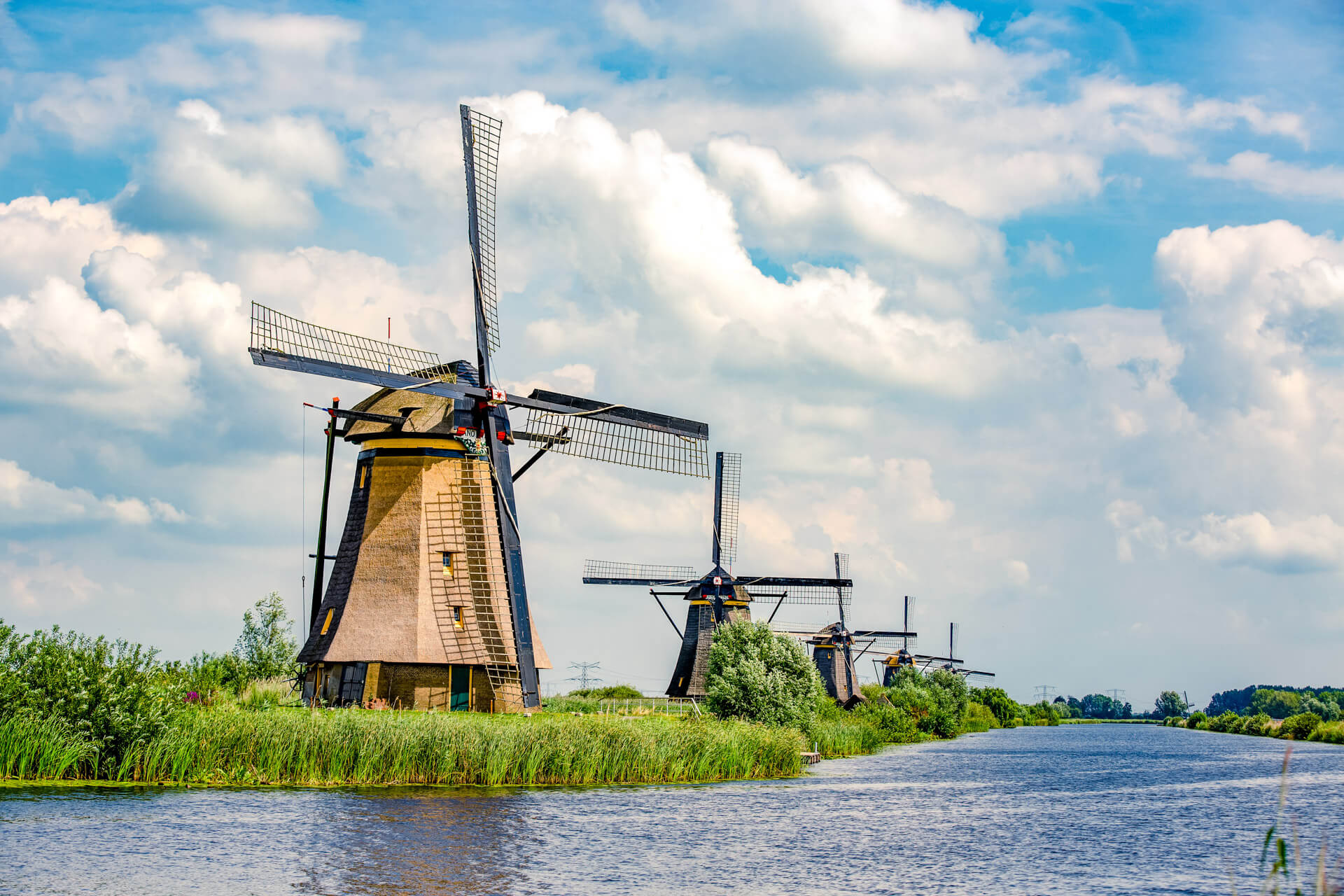The Quiet Beauty of Kinderdijk in Winter
As the first snowflakes settle on the blades of Kinderdijk's iconic windmills, the landscape transforms into a serene scene. Located in the Alblasserwaard polder, this UNESCO World Heritage site features 19 windmills, each standing as a testament to Dutch ingenuity in water management. In winter, the canals often freeze, creating a natural ice rink that attracts locals and visitors alike.
Historical Significance of Kinderdijk's Windmills

Built in the 18th century, the windmills of Kinderdijk were designed to drain the polder, preventing flooding in the low-lying region. Each windmill is a marvel of engineering, with massive sails that once harnessed the wind to power the pumps. Today, they serve as a reminder of the Netherlands' ongoing battle with water, a story that is particularly poignant when the landscape is blanketed in snow.

Walking Paths and Accessibility

The walking paths around Kinderdijk are well-maintained, even in winter. These paths offer a close-up view of the windmills, with several vantage points perfect for photography. The main path is a flat, gravel trail that runs alongside the canal, making it accessible for most visitors. Benches are strategically placed for those who wish to sit and take in the view.
Winter Wildlife and Natural Surroundings
Despite the cold, Kinderdijk is teeming with wildlife. Swans glide gracefully across the icy canals, while ducks and geese forage along the banks. The surrounding fields, often dusted with frost, provide a stark contrast to the dark silhouettes of the windmills. Birdwatchers can spot various species that thrive in this unique habitat, even during the colder months.
Practical Tips for Visiting in Winter
Dress warmly, as the wind can be biting, especially near the open water. The visitor center offers hot drinks and snacks, providing a welcome respite from the cold. It's advisable to check the weather forecast before your visit, as conditions can change rapidly, affecting both travel and the walking paths.










